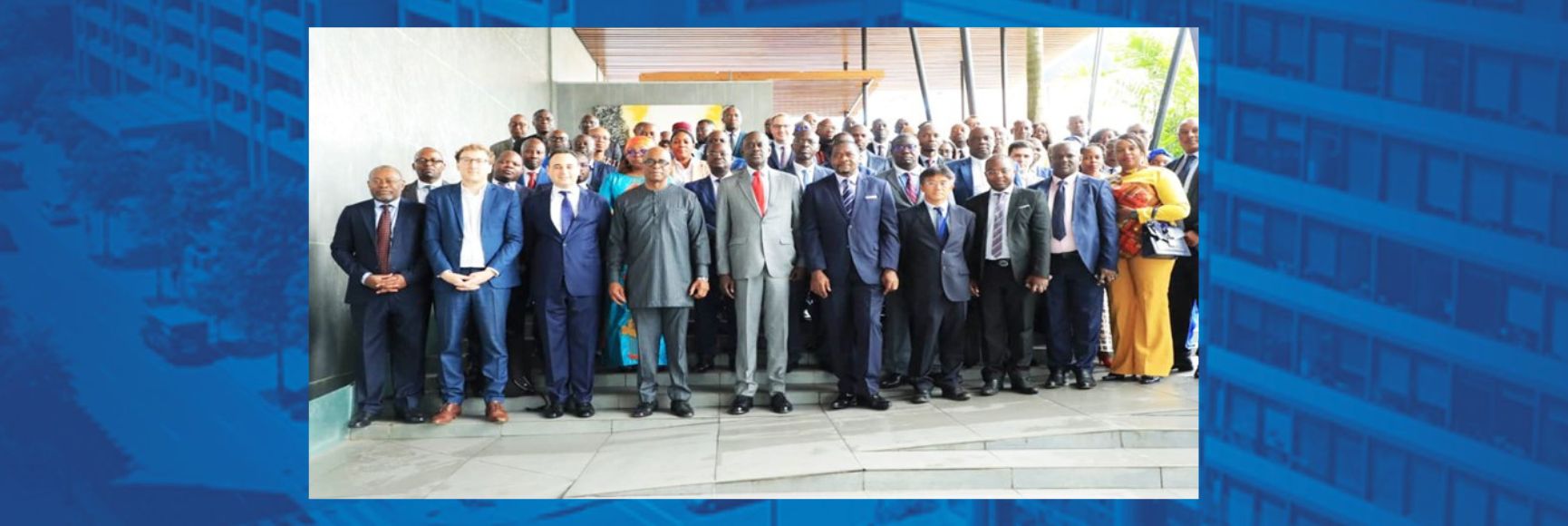
Posted by Mark Miller and Bryn Welham[1]
Development agencies’ budgets are experiencing two shocks as a result of COVID-19. First, there is extra demand to support countries’ response to the impacts of the pandemic. Second, the supply of aid is also coming under pressure. Many donor countries are unfortunately opting to cut back aid spending at a moment when it is more needed than ever. If you are a bureaucrat sitting in a development agency, what can be done to reallocate budgets to shifting priorities?
This is no simple answer to this question for bilateral development agencies. International financial institutions can conjure up finance rapidly if given the right authority from their shareholders. Development agencies, however, operate with long planning horizons, contractually locked-in multi-year expenditure plans, and complex procedures to re-allocate money. What can they do to reprioritize spending to deal with the emergency?
In the short-term, they can adapt lessons from existing advice to governments in general. The Collaborative African Budget Reform Initiative (CABRI) has recorded lessons on budget adjustment in African countries from negative fiscal events and blogged about how these relate to COVID-19. The IMF has produced guidance for what governments can do to adapt their expenditure to the crisis. These guides can be adapted by development agencies seeking to review their operations.
It would suggest a menu of options:
- Reprioritize what you have. Immediately identify and move any available expenditure to programs dealing with COVID-19 in vulnerable countries.
- Claw-back what you can. Suspend rules which allow for automatic roll-forward or no-cost extensions of underspends in non-Covid-19 programs.
- Recalibrate risk. As far as you dare, remove ex-ante checks and/or increase delegated authority for COVID-19 related expenditure.
- Consider returning to general budget or sector support. Donors are wary (and weary) of this modality, but it can deliver large amounts of finance very quickly.
- Support local government. In many countries it is local governments who will be dealing with the frontline response, but donors mostly deal with central government. Consider scaling up program to finance local governments directly where these exist. Or consider local governments as candidates for budget support.
Looking further ahead, the impacts of COVID-19 are expected to last for years and will need to be reflected in regular budget and expenditure planning. Every government should set expenditure limits and divide money between competing priorities. What would an effective COVID-19 budget and expenditure planning round look like?
It will probably look very like a regular round of budget and expenditure planning, but with a few twists. There are plenty of technical sources offering advice on how to strategically set budgets, agree expenditure envelopes, and evaluate the effectiveness of public spending. However, real-world experience suggests that budgeting is an art as much as a science.
Summarizing our informal knowledge and experience suggests the following guidelines for a COVID-19 expenditure round:
- Get political backing to make difficult choices. Secure a clear and high-level political consensus that the budget will be tough on areas unrelated to COVID-19. This will prevent potential losers from attempting to subvert the process by appealing upwards through political networks.
- Communicate the process clearly. Set out the policy objectives and the timeline in advance. And stick to this process.
- Acknowledge information asymmetry and stick to the big picture. Spending agencies always know more than budget setting agencies about what is really happening on the ground. Rather than try and micro-manage, stick to simple and measurable demands linked to the main political objectives (e.g. “ a 15 per cent increase in health spending” or “selective cuts in capital expenditure but protect spending on O&M”) and then let the spending agency work out the details.
- Show that everyone is in this together. Plan for across-the-board budget reductions in certain areas (e.g., internal administration costs) to show that some pain is shared.
- Salami-slice and Some expenditure lines (e.g., administration) are suitable for an across-the-board salami slice. However, this approach may not yield large sums, and if done continually it risks slowly undermining core operations. Build in capacity for selective ‘slash’ of entire areas of activity where these are low value in a COVID-19 context.
- Never let a crisis to go waste. Public expenditure is the art of the possible. Politically difficult decisions offering short-term pain, but long-term gains are always lurking in the background somewhere. Expenditure reviews during the COVID crisis can make impossible decisions look merely difficult, and make difficult decisions look distinctly possible.
This article is part of a series related to the Coronavirus Crisis. All of our articles covering the topic can be found on our PFM Blog Coronavirus Articles page.
[1] Overseas Development Institute, London.
Note: The posts on the IMF PFM Blog should not be reported as representing the views of the IMF. The views expressed are those of the authors and do not necessarily represent those of the IMF or IMF policy.





